American Avocet
Wilson’s Snipe
Willet
Killdeer
Ring-billed Gull
Greater Yellow Legs
Sanderling
Black-necked Stilt
Black-necked stilts, Himantopus mexicanus, are often seen wading in shallow water in search of food such as small crustaceans, amphibians, and small fish. They also enjoy larva, dragonflies, and beetles as well as a few plants and seeds. Look for these unmistakable birds with long, pink legs in wetlands, flooded fields, shallow lakes and ponds, and saltmarshes.
The female chooses the male for mating and together they select a nest site and build the nest. Black-necked stilt nests are located on tiny islands, on floating masses of vegetation, or on the ground near the water. One will dig a hole with its feet and body. A lining of grasses, shells, stones, and other materials are added for 2 – 5 eggs. The couple will both incubate the eggs for nearly a month and raise the chicks until they are ready to be on their own in about a month after hatching.
When Black-necked stilts feel threatened by humans or other animals they will perform a “Popcorn Display.” A group of them will join together and jump up and down while flapping their wings and making loud sounds. They may also use a distraction tactic to lure predators away from their nests.
These beautiful birds face human threats of pesticide run-off and habitat loss. When birdwatching, stay far enough away so you do not disturb them.
Photo credit: Dan Kon
Baird’s Sandpiper
My road trip to Siesta Key Beach on Florida’s West Coast yielded a rare Baird’s Sandpiper. This bird is way off course, and an uncommon visitor here.
Here are some facts about it.
Named for Fullerton Baird, the second secretary of the Smithsonian Institution. Baird’s Sandpiper breeds over a broad expanse of high-arctic North America and in parts of Russia, wintering from the Andes of Ecuador to the lowlands of Tierra del Fuego. Its migration is long but rapid. After departing high-arctic breeding grounds, and staging in southern Canada and the northern United States, most individuals travel 6,000 kilometers or more directly to northern South America, some going on as far as Tierra del Fuego and many completing the entire 15,000-kilometer journey in as few as 5 weeks. ~Paul Waller
Thank you, Paul, for sharing this rare sighting of a beautiful Baird’s Sandpiper with all of us at Imagine Our Florida.
Ruddy Turnstone
Ruddy Turnstone
These rock-dwelling birds spend the winter months in warmer climates, such as Florida, and migrate back to the Arctic Circle in Alaska in central Canada to breed during the summer months. These birds are protected under the Environment Protection and Biodiversity Conservation Act (EPBCA). Despite protection, these birds face numerous threats from deteriorating habitat along coasts to contaminated waters, which directly threaten their health and the health of their food source. Climate change is another risk factor. These birds rely on predictable climate patterns for food and breeding. Like many migratory animals, if the climate is offset, it could throw off their migration patterns. This means they may have a shorter time to raise their babies, or their food sources may not be available when they previously had in the past. One study even estimated that migratory bird populations are likely to decline 66-83% in the next 70 years. (Wouchope et al. 2016) These migratory animals are another reason Global warming should be a concern for Floridians.

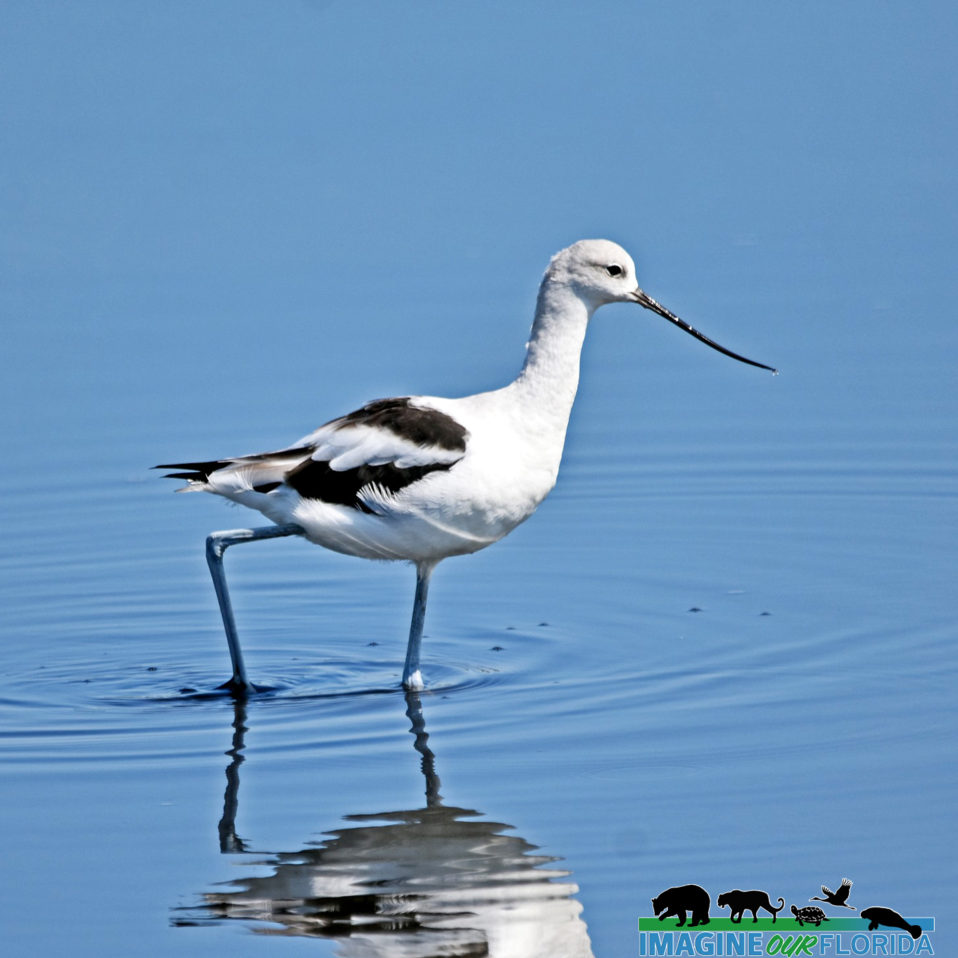
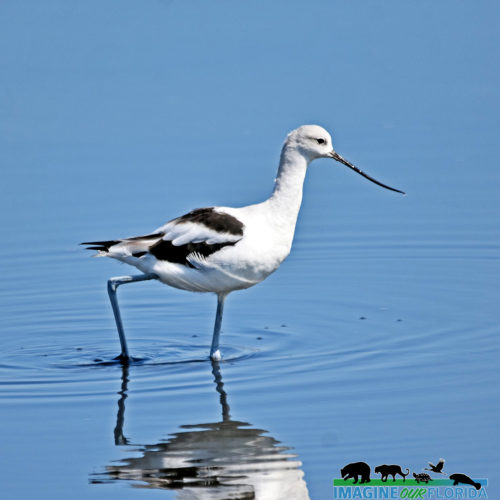
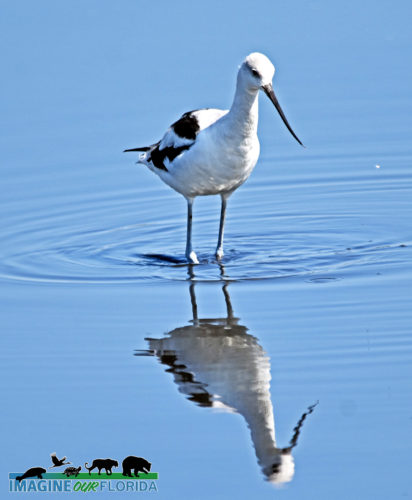
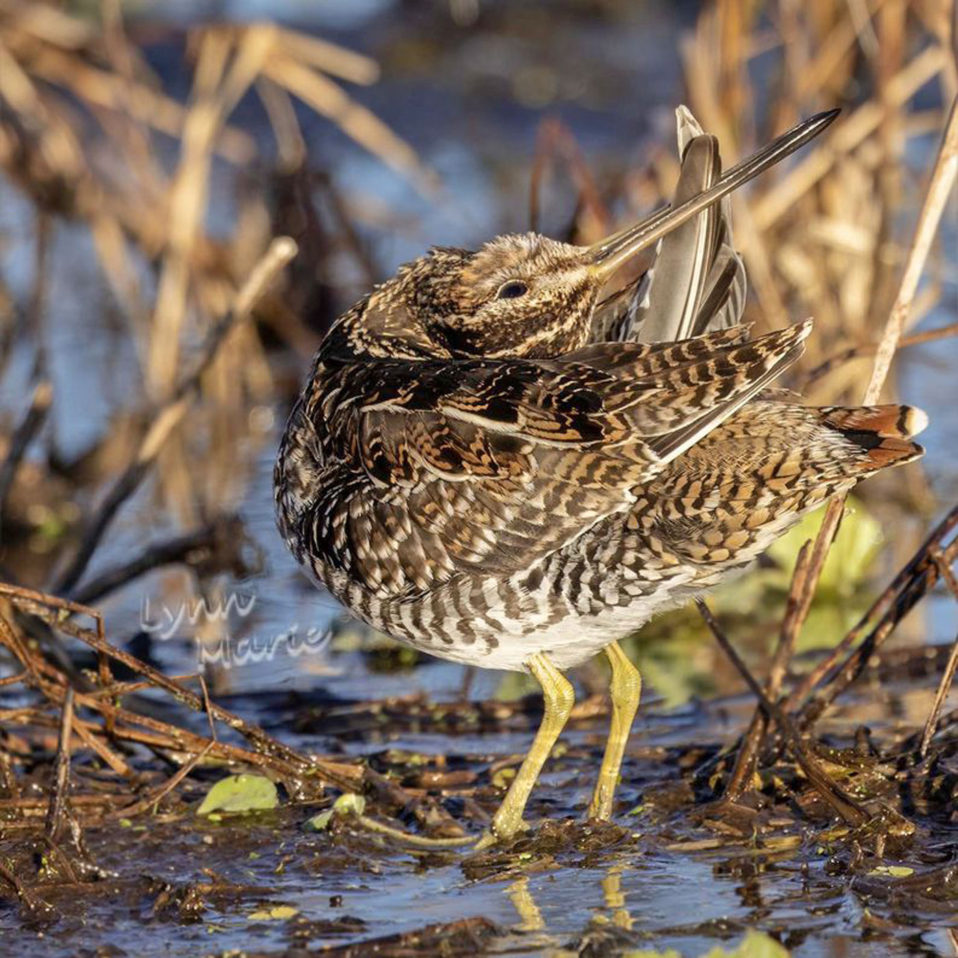
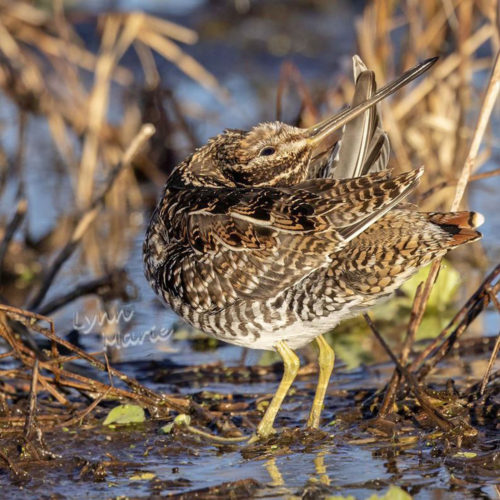
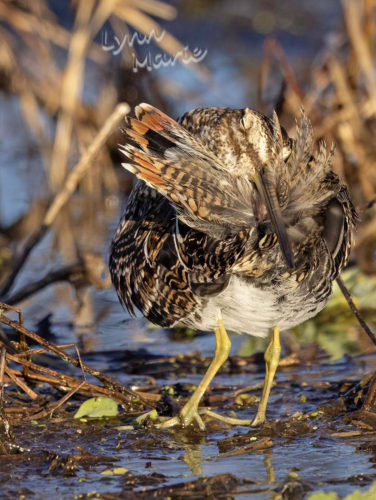
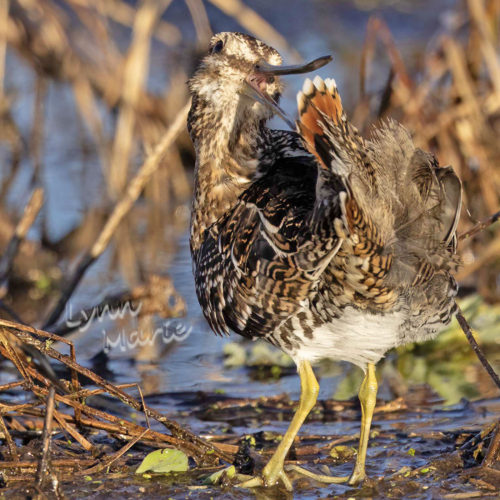
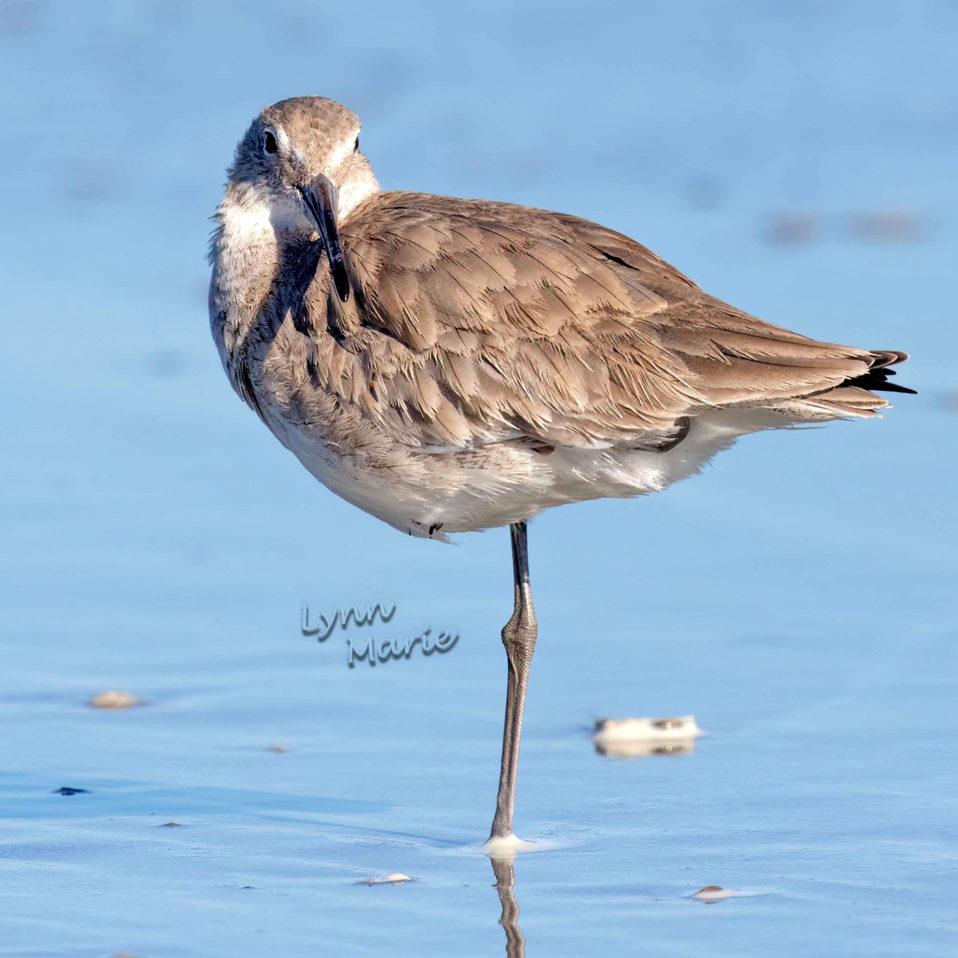
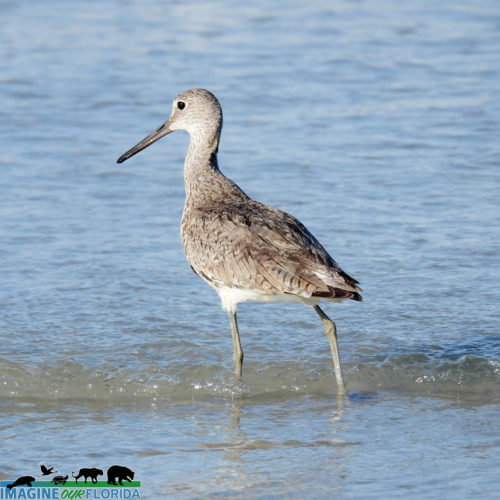
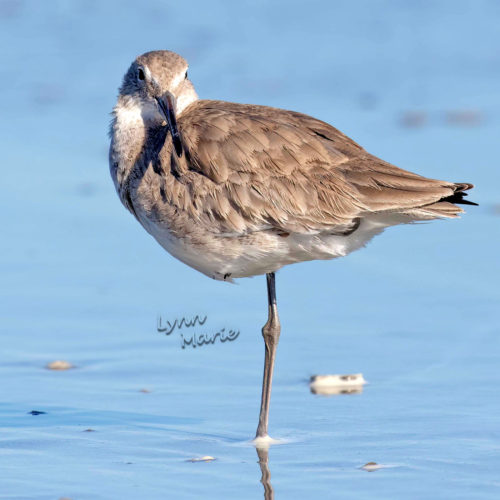
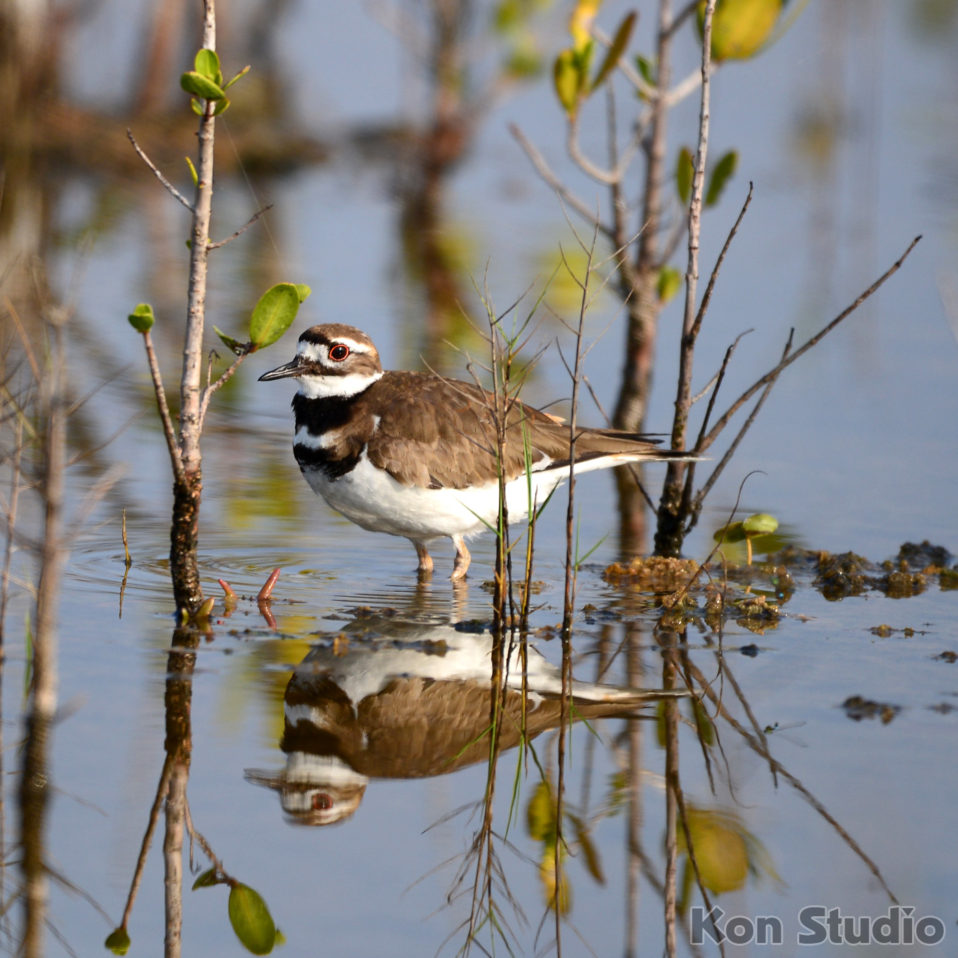
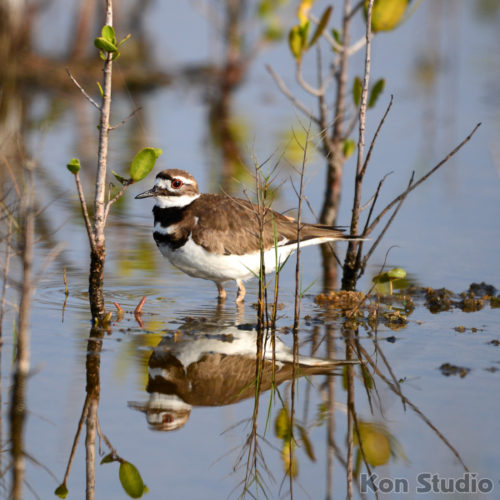
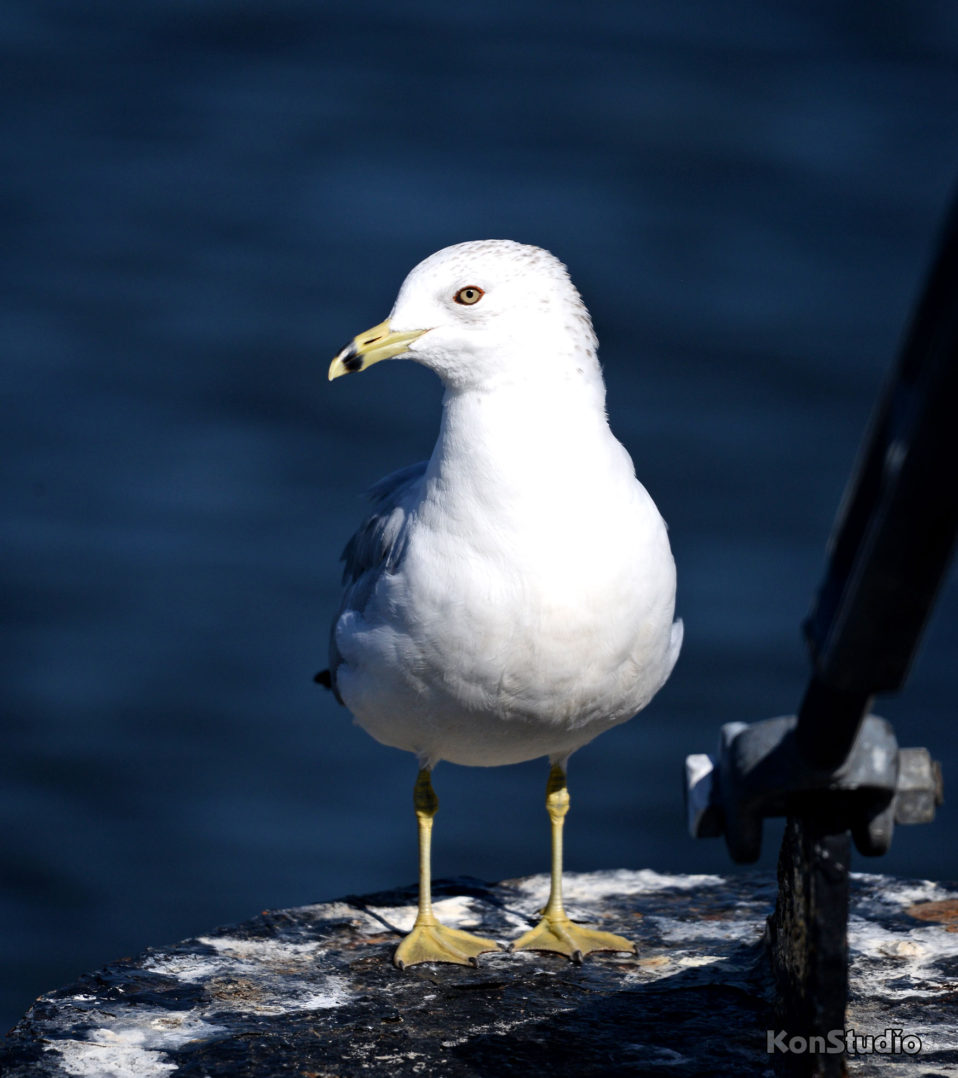
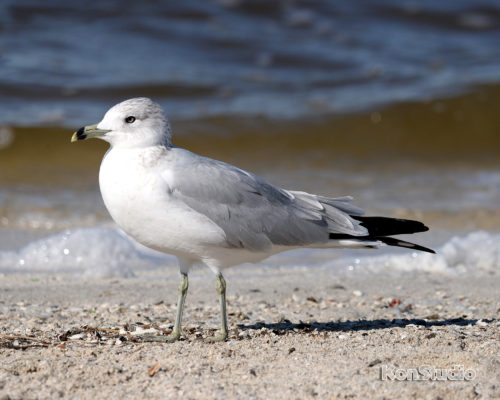
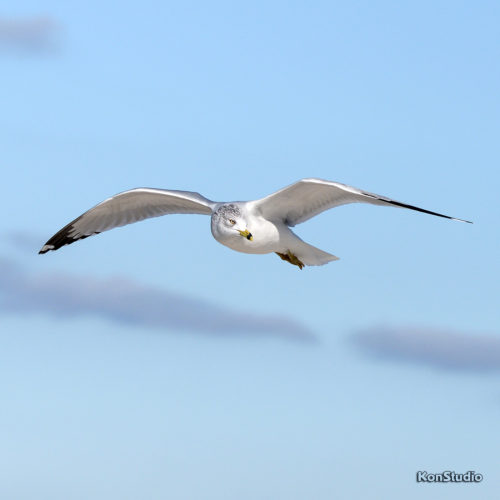
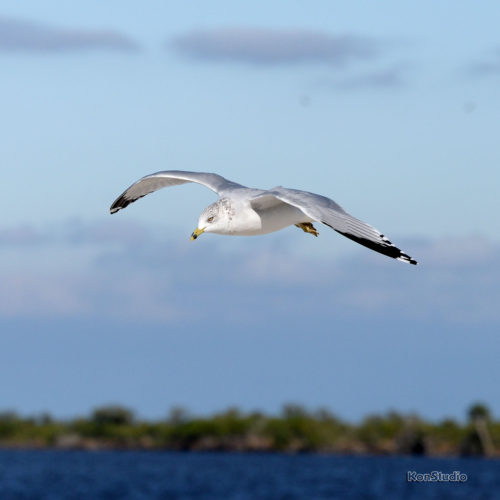
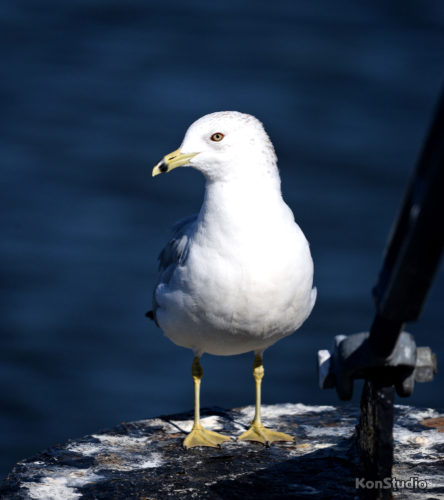
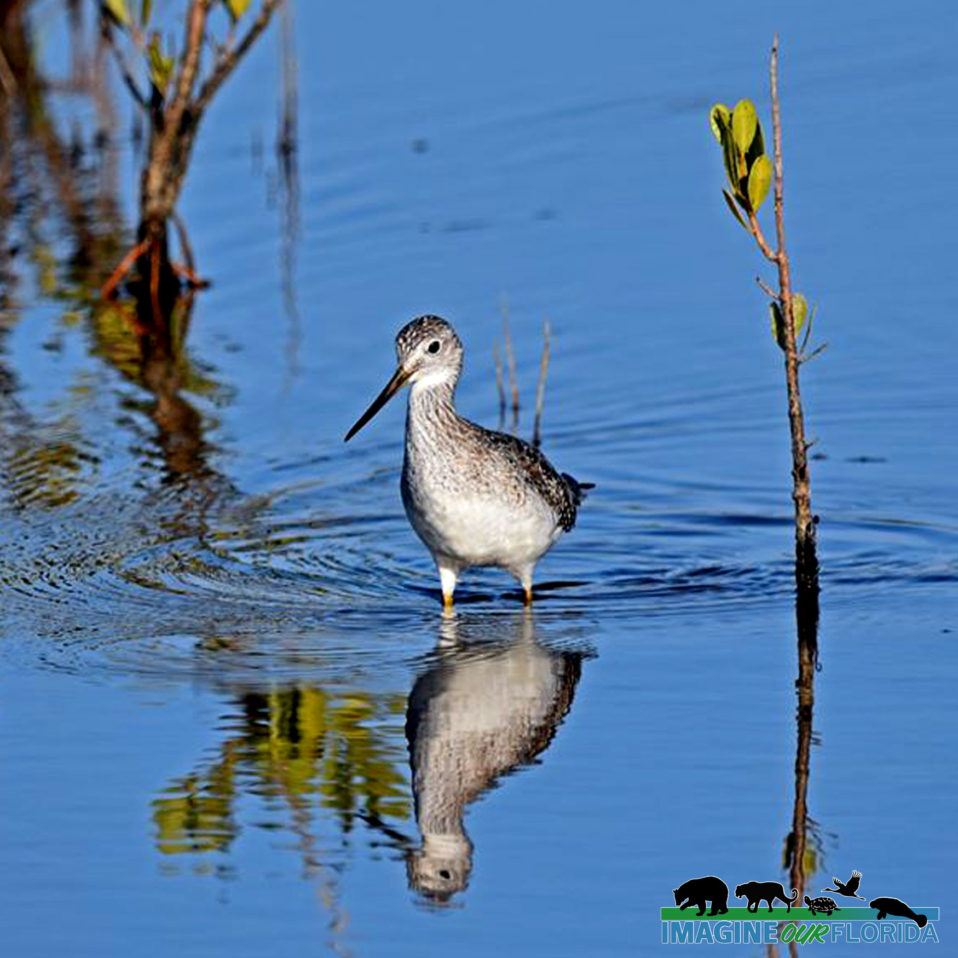
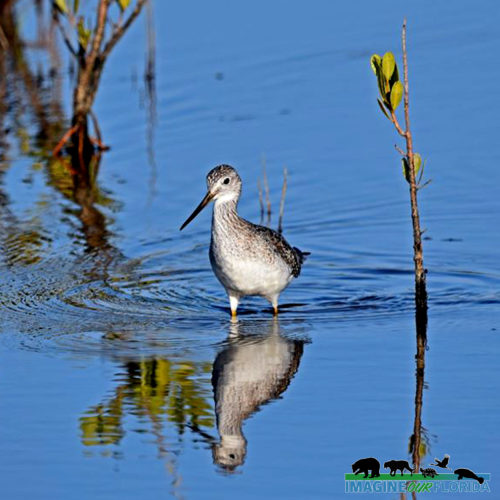
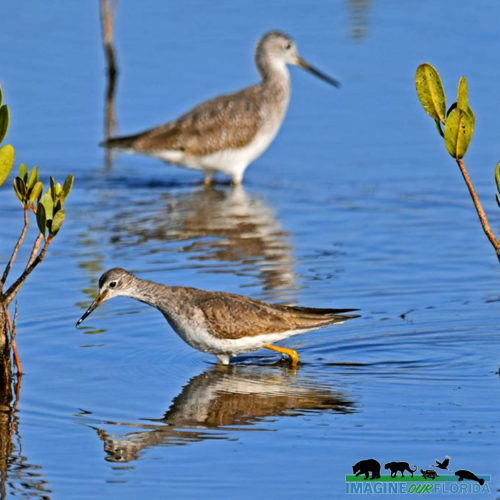
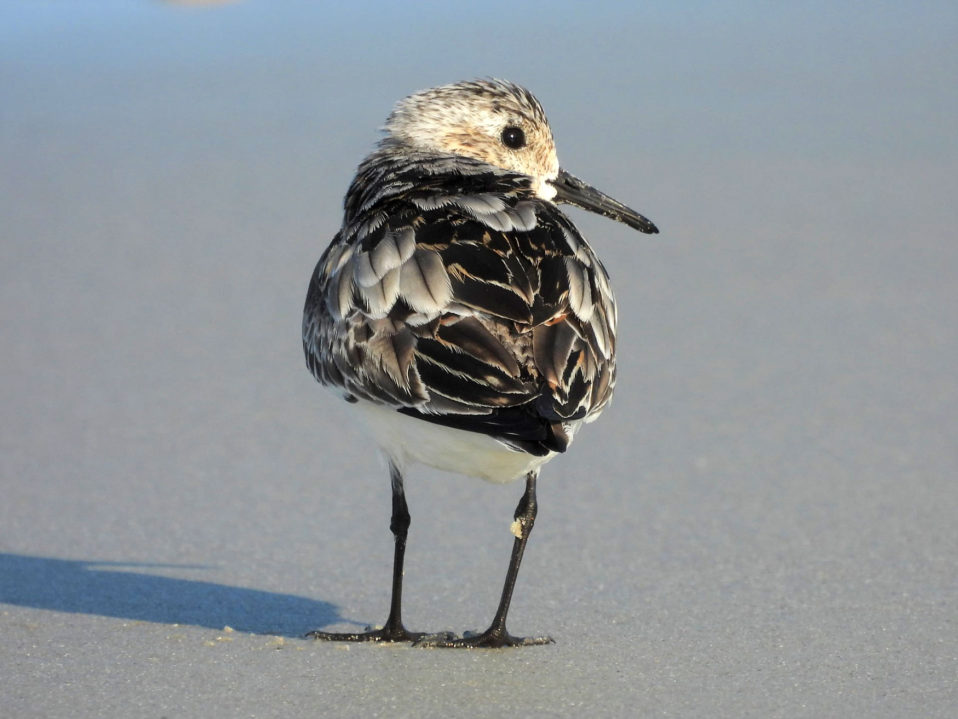
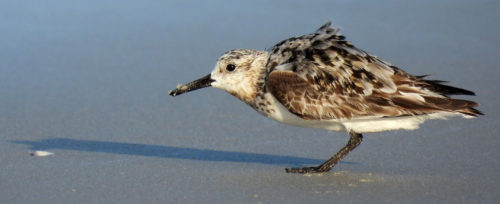
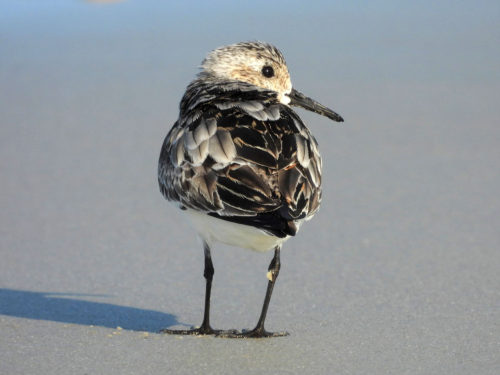
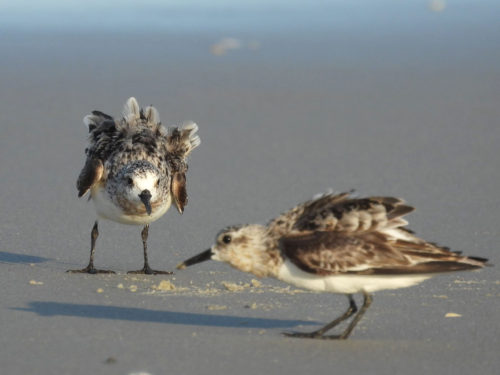
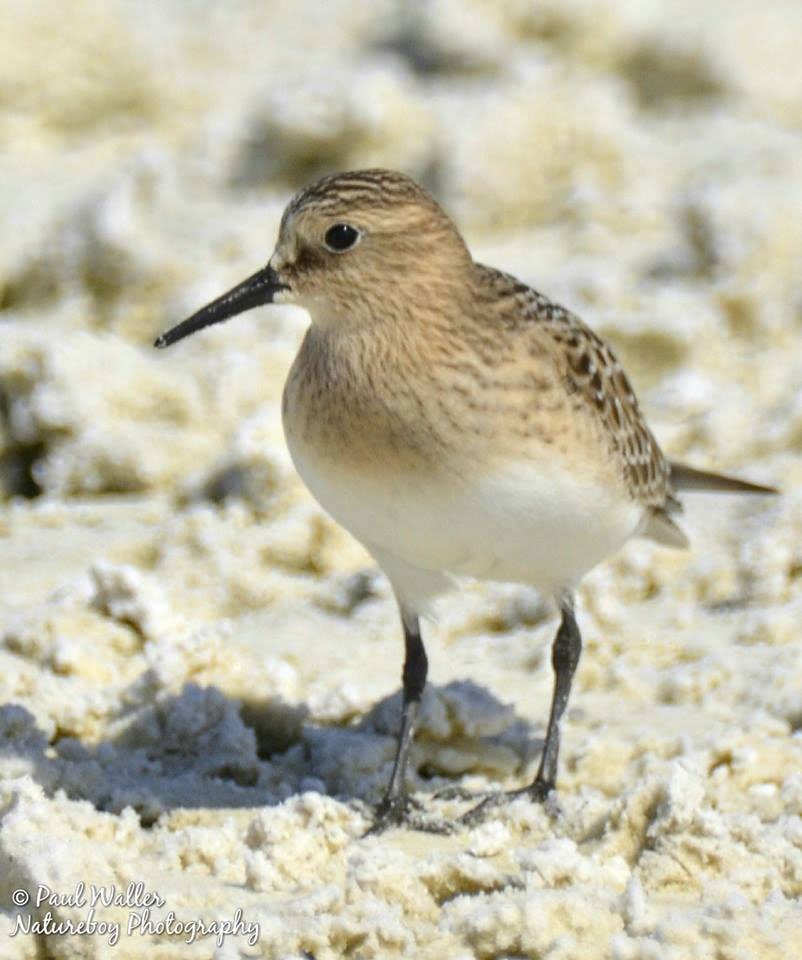
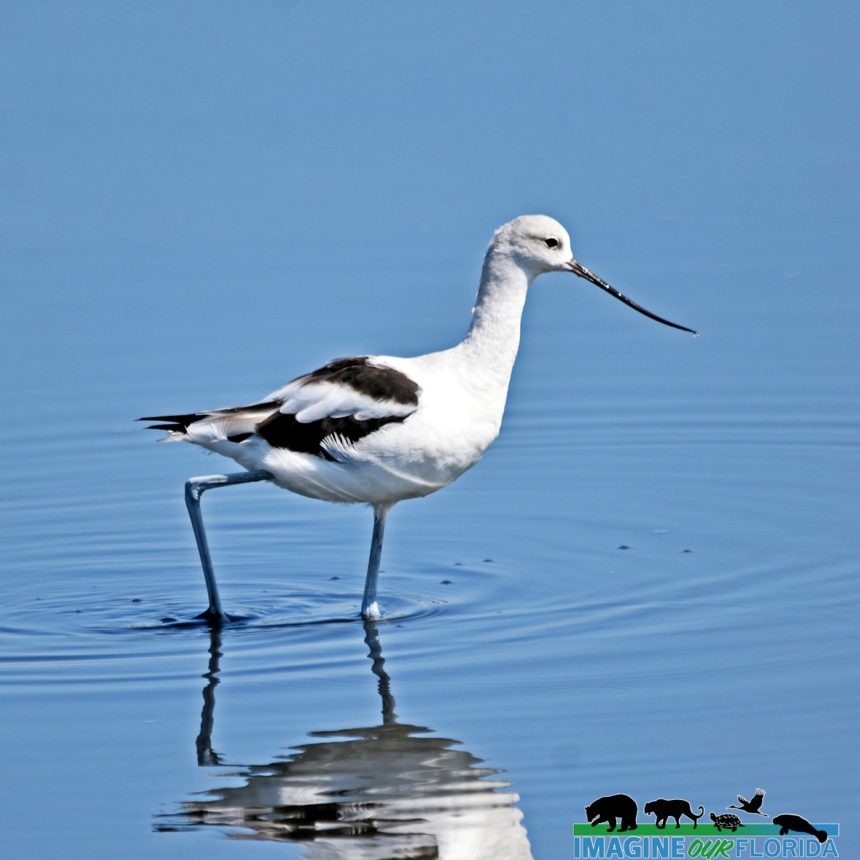
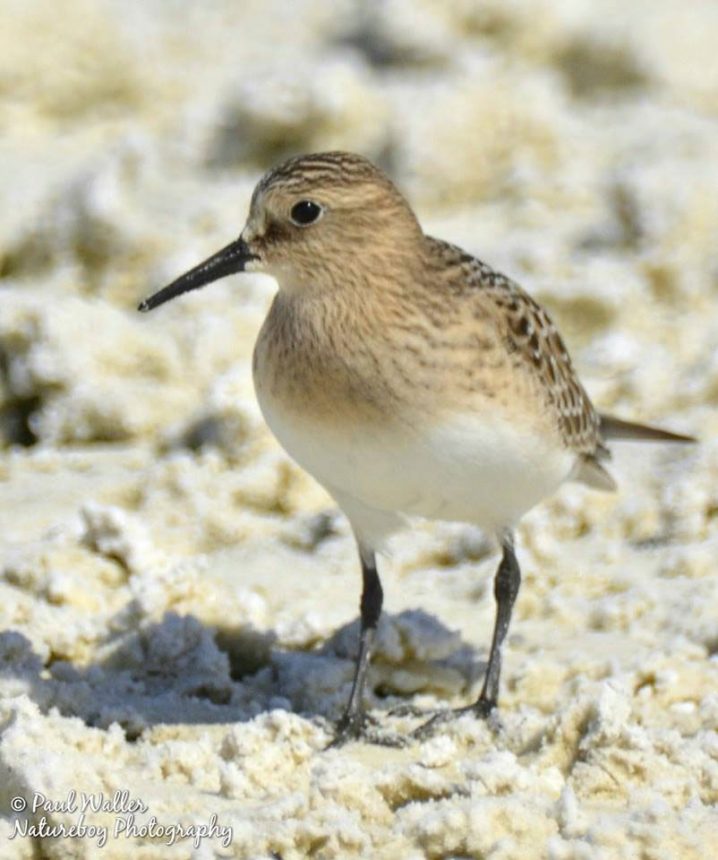
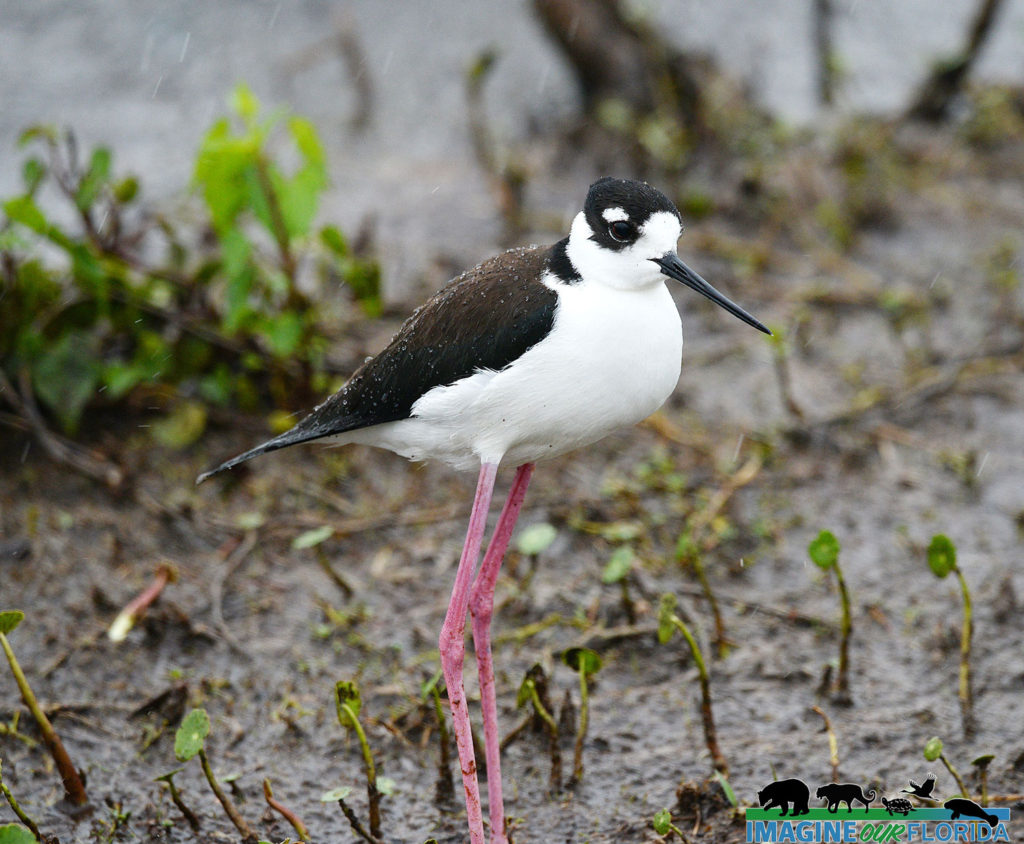
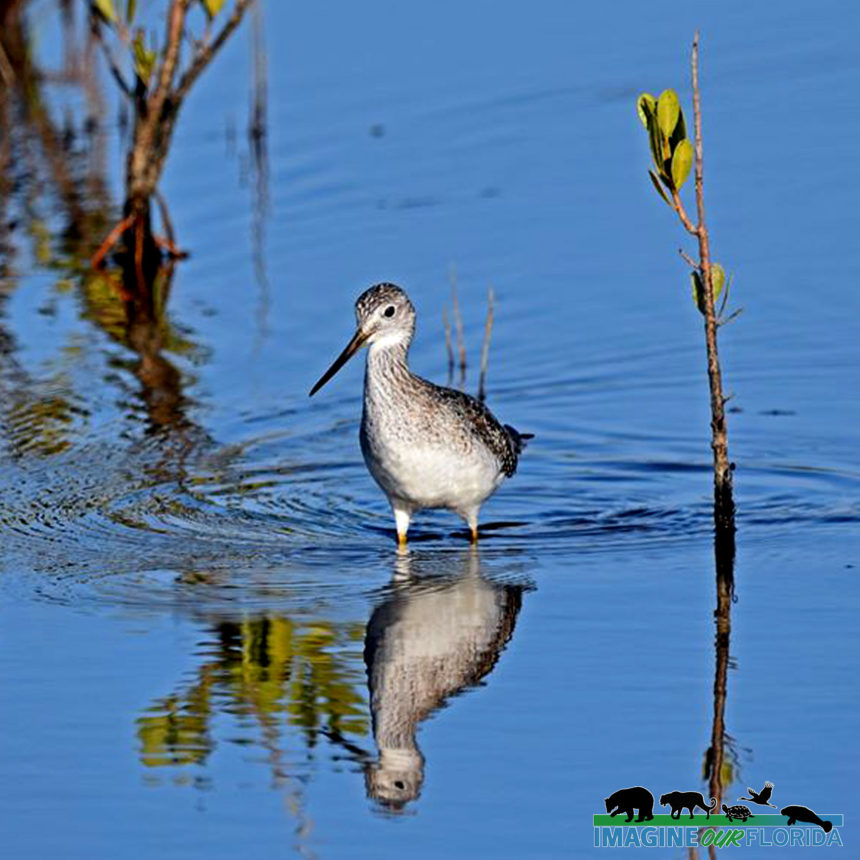
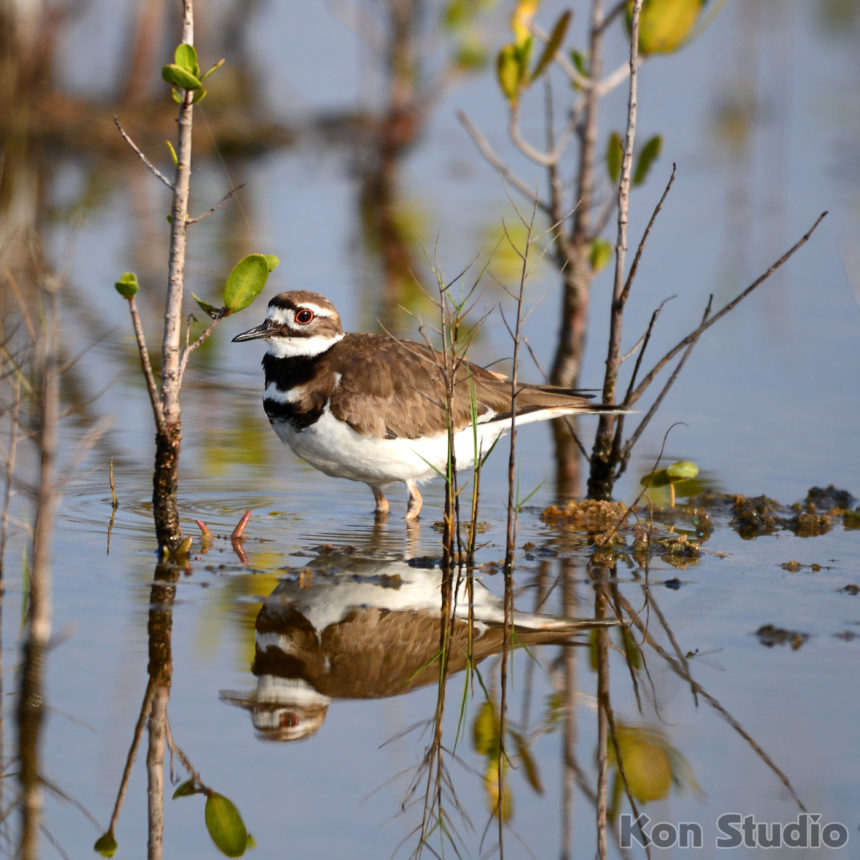
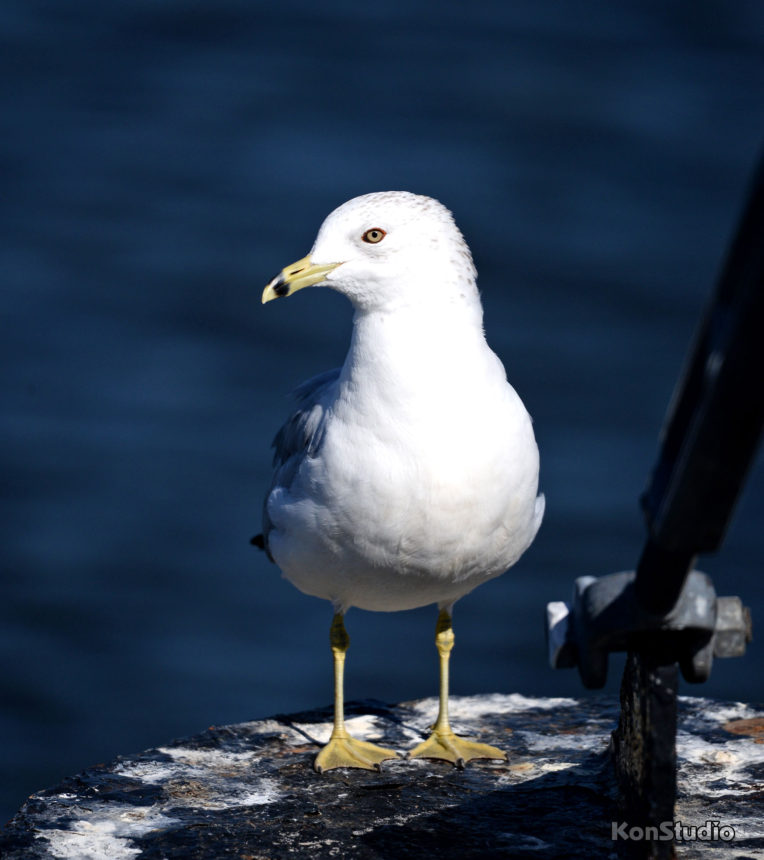
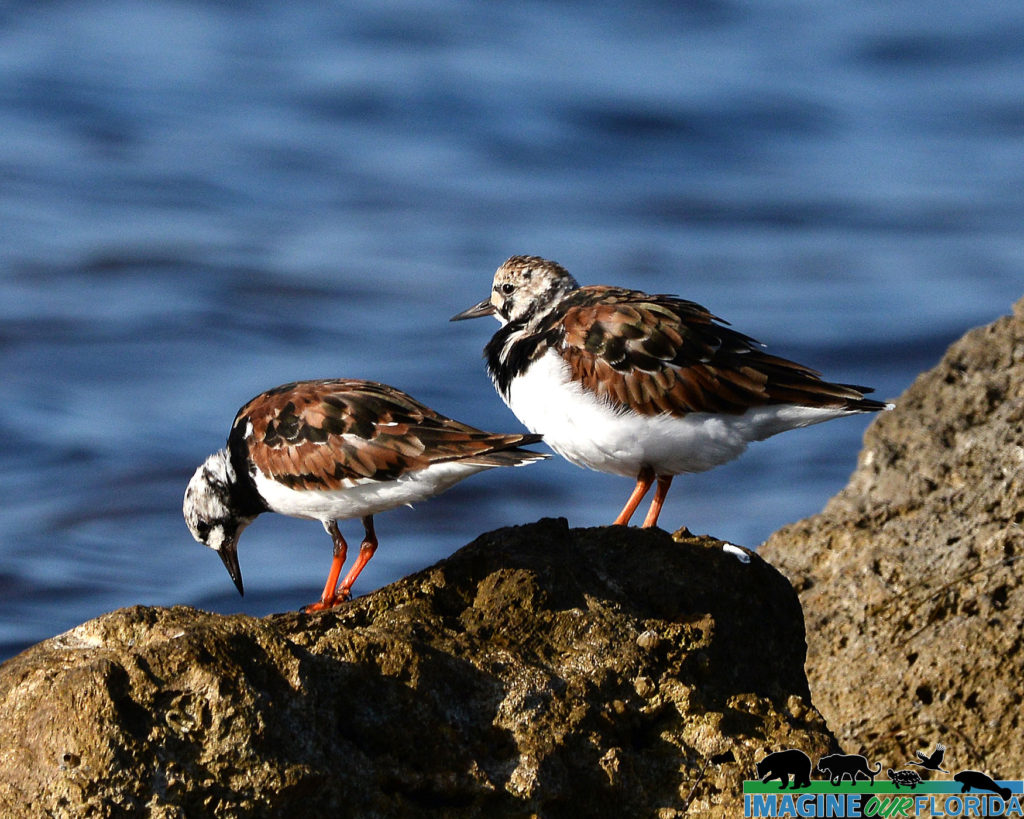
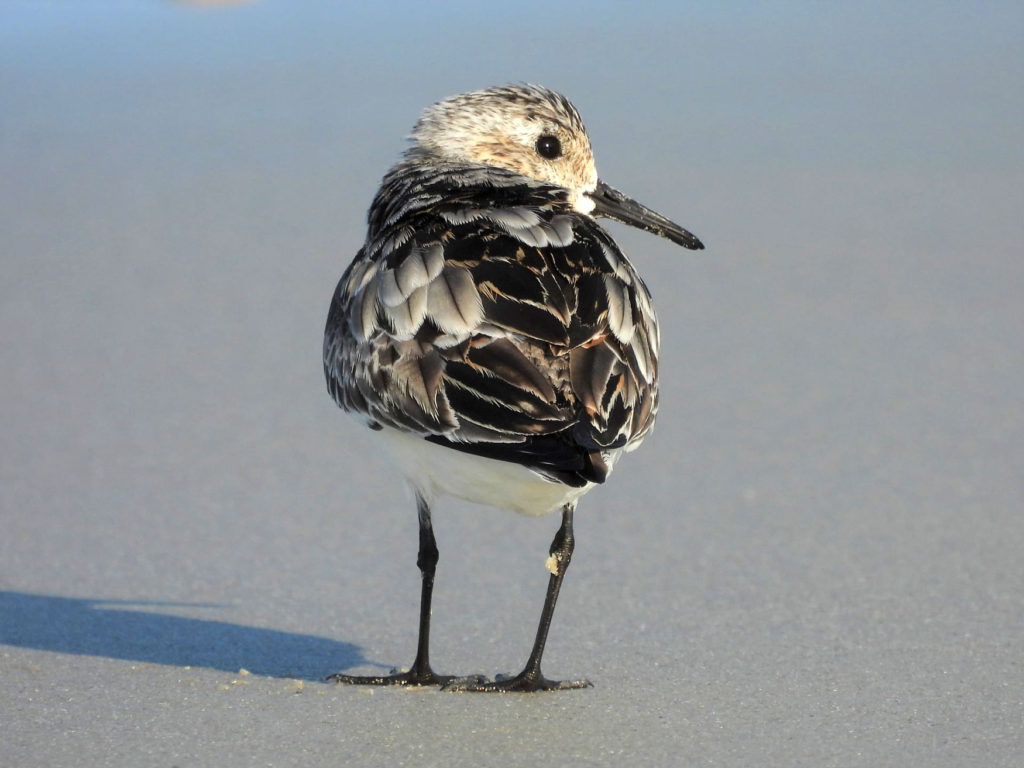
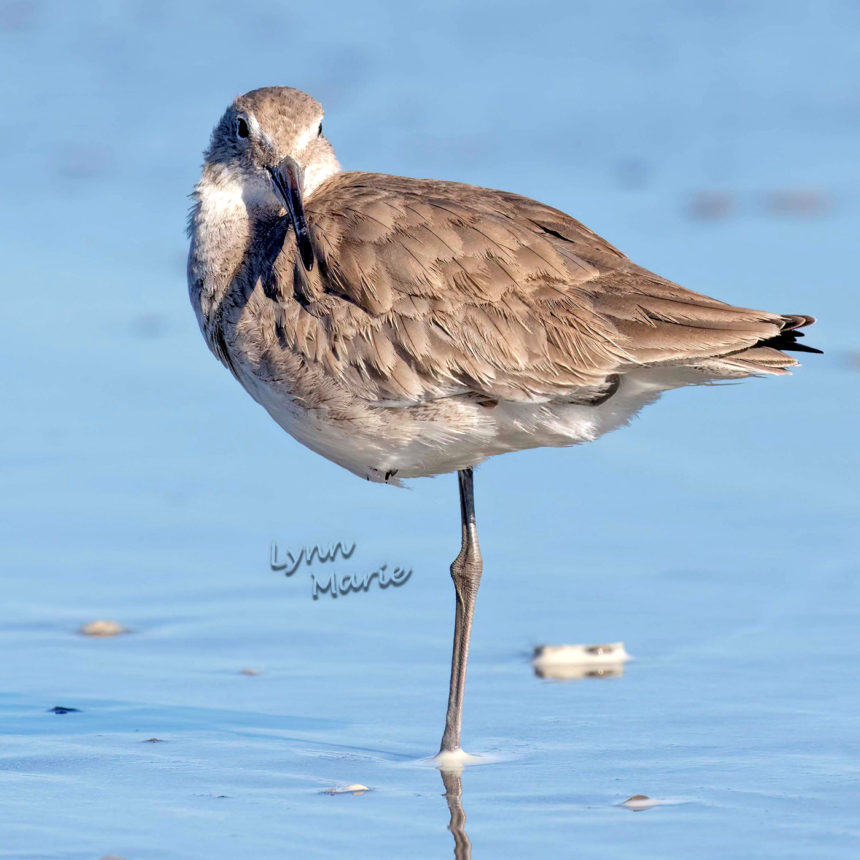
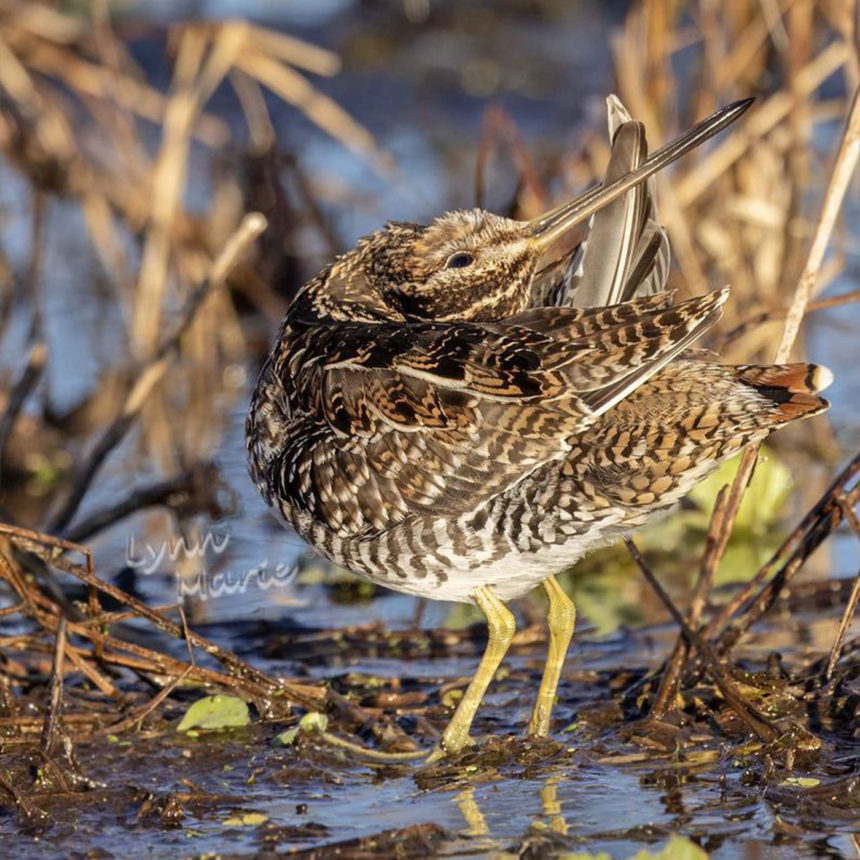
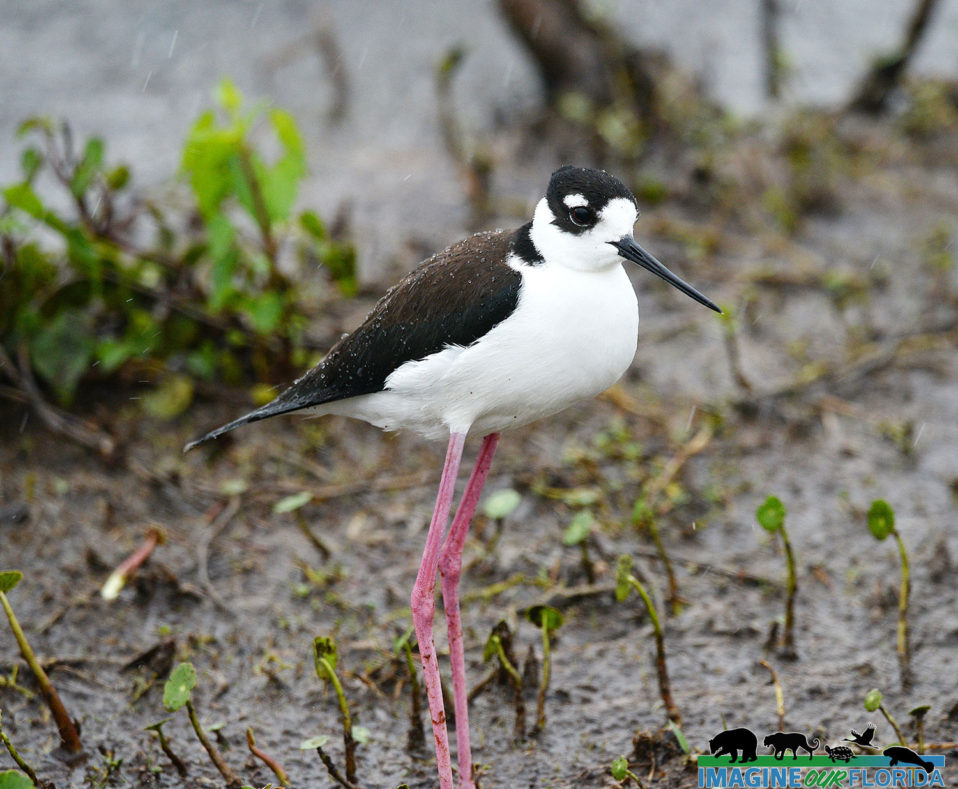
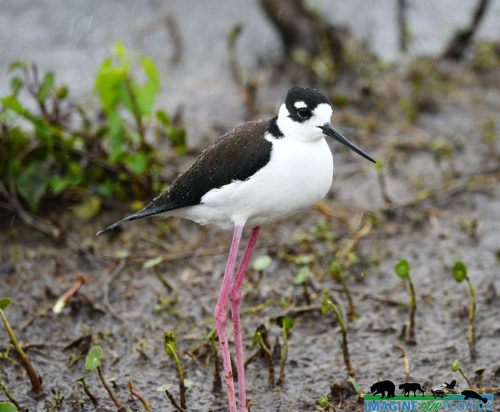
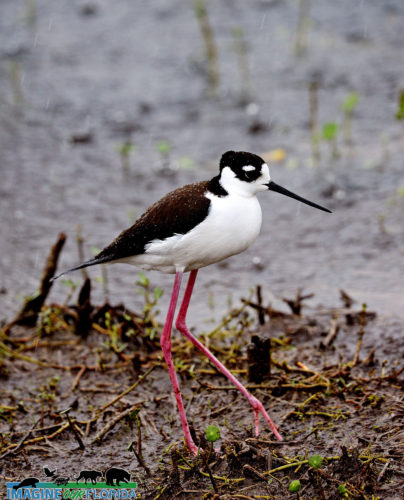
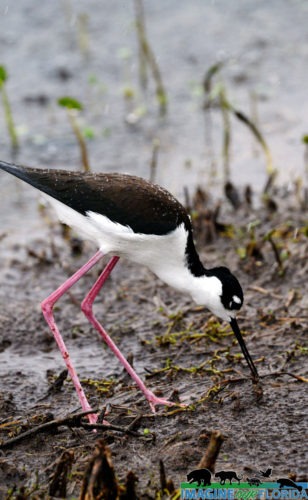
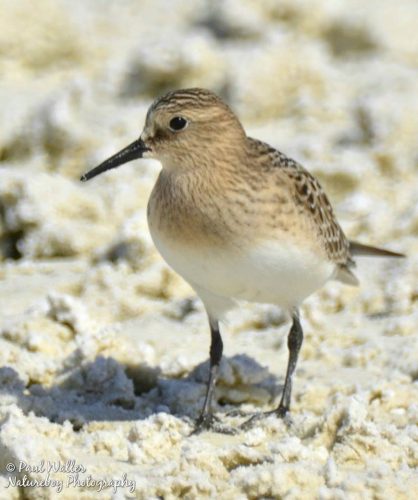
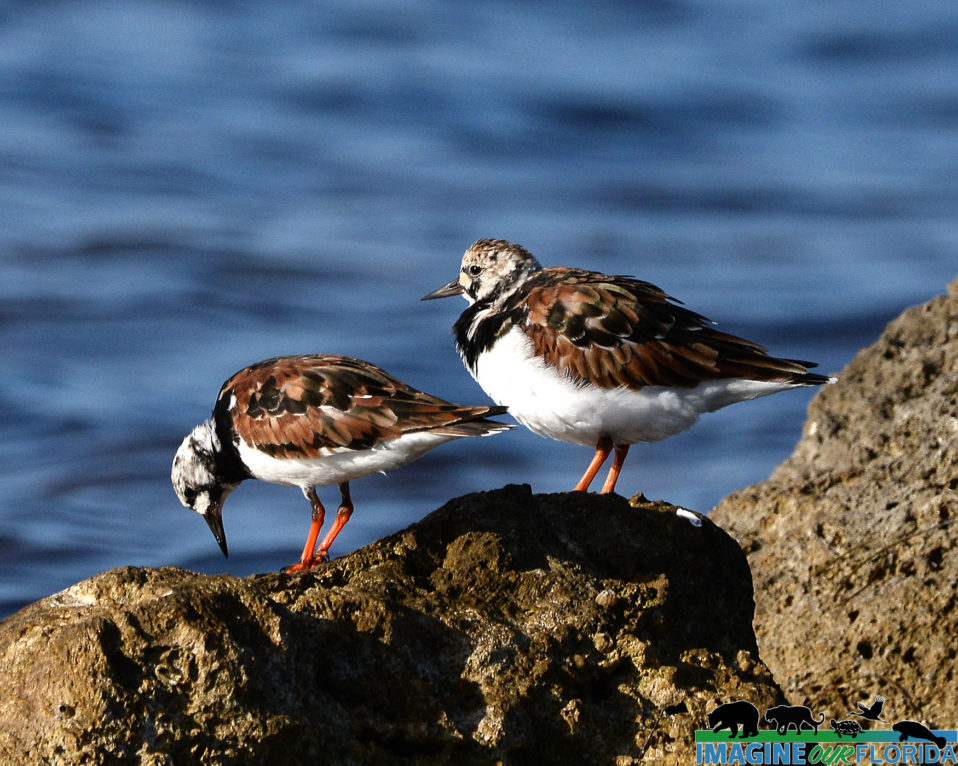
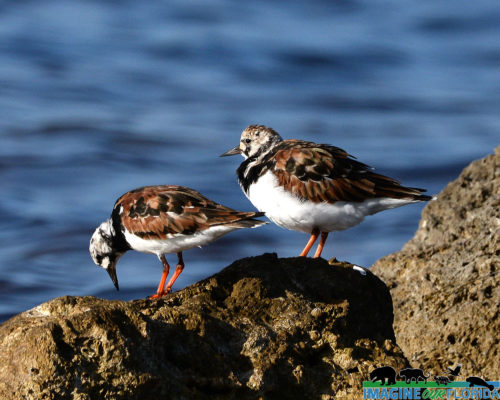
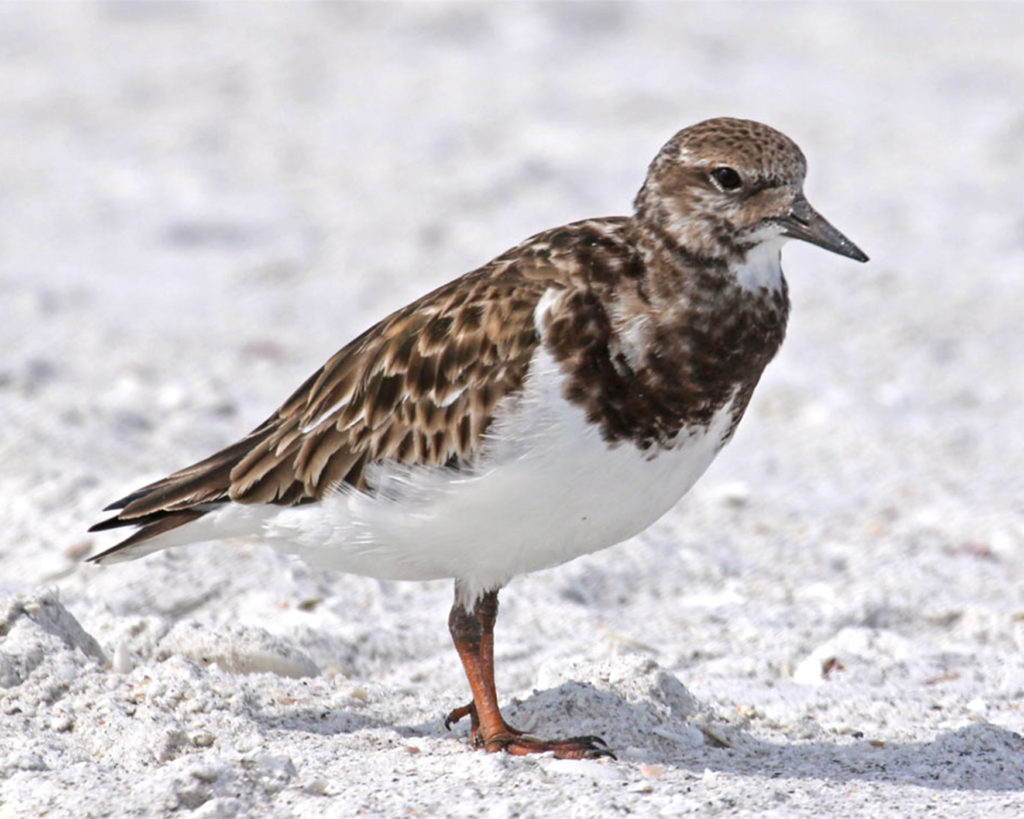
Recent Comments